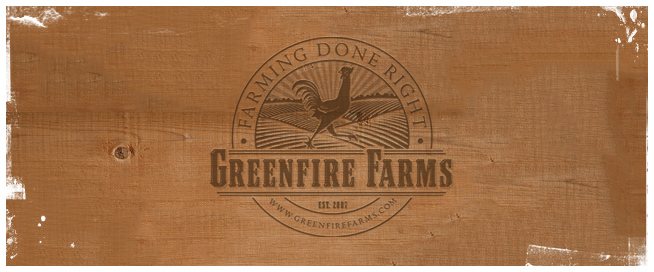Spice Ghost
Thursday, April 30, 2009
The tongue-frying, lip-scalding, eye-watering heat from peppers is measured in something called a 'Scoville heat unit.' In 1912, seeking to come up with a standardized system for measuring the piquancy of peppers, American chemist Wilbur Scoville devised a method for measuring capsaican, the organic chemical that gives a pepper its heat. Different varieties of peppers score differently on the Scoville scale depending on the unique genetics that regulate each variety's capsaican production.
By precisely quantifying the gustatory pain of eating a specific variety of pepper, Wilbur Scoville inadvertantly set in motion a long game of one-upsmanship in a small sub-culture of masochists who seek out and consume the world's hottest peppers. Part botanist, part Evel Knievel, these obsessives have embarked on a global search for the pepper that will provide them the most excruciating eating experience. And, in this rarefied realm of near-lethal spices, one pepper stands out as the ultimate challenge: the bhut jolokia or ghost pepper.
Consider the ghost pepper's lesser cousins. Your average jalapeno would taste like lettuce compared to the ghost pepper; the jalapeno rates a mere 8,000 SHUs. A tabasco chile checks in a more respeactable 50,000 SHUs, and a red habanero --long thought to be the hottest pepper-- tops out at 500,000 Scovilles. But before the ghost pepppers all these pretenders must recede. The ghost pepper pumps out an eye-popping 1,000,000 SHUs, transcending its status as food and moving it into a category usually reserved for personal protection spray. (Policemen use pepper spray that rates about 3,000,000 Scovilles.) So, when you see someone eat a ghost chile (and there are many videos of this on Youtube), that extreme epicurean is experiencing the equivalent of spraying mace on his tongue.
How do these dining daredevils deal with this chemical assault? The same substance that has ended many a Hollywood star's acting career is also the substance that ends the pain caused by chile peppers. Fat. If you consume fat after eating a pepper, the lipids bind to the capsaican molecules and remove them from your tongue. Cold water will not work. But, a vanilla milk shake will end your suffering, and so effective is this treatment that at least one ice cream store actually sells ghost pepper ice cream.
Given the complete lack of practicality of ghost peppers, we naturally had to grow several dozen of these plants at Greenfire Farms. They are now in the fields shooting skyward, basking in the sun's heat before they begin generating some of their own. Soon they will be flowering, and after that, small nuclear reactors will begin to form as seed pods on these plants. Somewhere, Wilbur Scoville is smiling.

 Cart:
Cart: 

